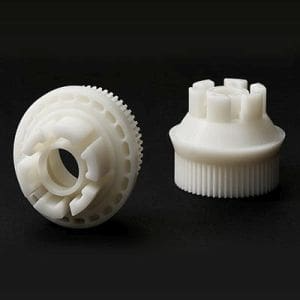
3D printing is a process of creating three-dimensional objects from a digital file. This technology has gained immense popularity in recent years and has disrupted various industries, including the medical field.
The impact of 3D printing on the medical industry has been revolutionary, with its ability to produce customized and complex structures that were previously impossible to create. From prosthetics to surgical tools, 3D printing has changed the way medical devices are made and used. Many hospitals and research institutions now collaborate with 3D printing companies in Dubai to bring these innovations to life.
Customised prosthetics and implants:
Traditional prosthetics and implants often require extensive adjustments to fit individual patients. 3D printing allows for personalised designs that match a patient’s unique anatomy. This leads to better comfort, functionality, and faster adaptation, especially for those needing limb replacements, dental implants, or bone structures.
Improving surgical preparation:
Surgeons benefit from 3D-printed models that replicate a patient’s organs or bones, allowing for better pre-operative planning. These models provide a hands-on approach to understanding complex cases, reducing risks and improving surgical precision. This has been particularly useful in neurosurgery, cardiac procedures, and reconstructive surgeries.
Bioprinting tissues and organs:
Researchers are developing techniques to 3D-print living tissues using bio-inks made from cells. While fully functional organ printing is still in progress, scientists have successfully created skin grafts, cartilage, and simple tissues. This advancement brings hope for future organ transplants without long waiting lists or rejection issues.
Affordable medical devices:
Medical devices such as hearing aids, braces, and surgical instruments can be produced more cost-effectively with 3D printing. Traditional manufacturing methods often involve high costs and long production times, while 3D printing offers a quicker and more affordable alternative, making healthcare solutions accessible to more patients.
Personalized medication and drug development:
3D printing is also being explored in pharmaceuticals to create customised drug dosages based on individual patient needs. This can improve treatment effectiveness, particularly for those requiring specific medication strengths or combination therapies. Researchers are also using 3D printing to speed up drug testing and development.
The integration of 3D printing in medicine has opened up new opportunities for patient care, making treatments more precise, affordable, and efficient. From custom prosthetics to bioprinting and surgical advancements, this technology continues to reshape the healthcare industry. The collaboration between medical professionals and 3D printing companies is driving further progress in this field.

